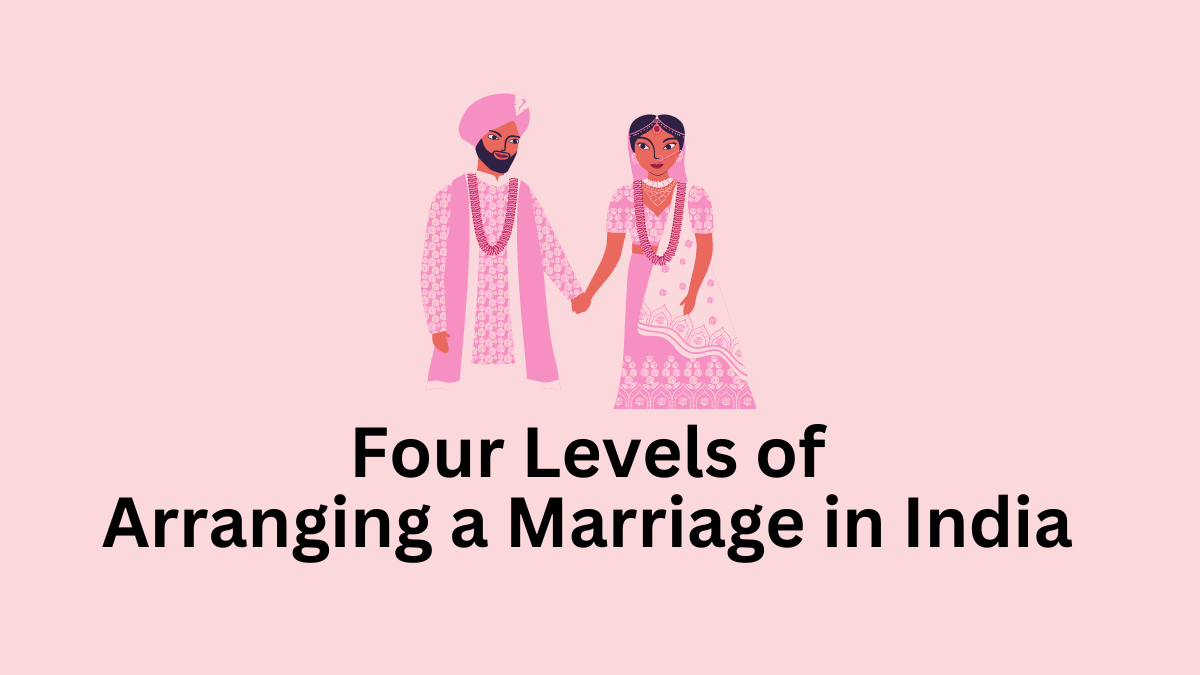Four Levels of Arranging a Marriage in India
The following are the four levels of the essay Arranging a Marriage in India:
Literal Comprehension
The essay “Arranging a Marriage in India” by Serena Nanda explores the practice of arranged marriages in Indian society. Nanda, an American anthropology professor, initially finds the concept of arranged marriages perplexing due to her Western upbringing.
However, through her visits to India and conversations with individuals like Sita, a college graduate whose parents are arranging her marriage, Nanda begins to understand the cultural intricacies surrounding arranged marriages.
She learns that in India, parents typically play a central role in selecting partners for their children, considering factors such as education, social status, and family background.
Nanda witnesses firsthand the meticulous considerations involved in arranging marriages, and over time, she comes to appreciate the success and stability of arranged marriages within Indian culture.
Interpretation
The essay delves into the contrasting perspectives of Western and Eastern cultures regarding marriage. While Western societies prioritize individual choice and romantic love, Indian traditions emphasize family harmony and stability.
Through her experiences in India, Nanda gains insight into the depth and richness of Indian cultural practices surrounding marriage. She discovers that arranged marriages, despite initial skepticism, can lead to happy and fulfilling relationships.
Nanda’s journey reflects a broader exploration of cultural values and traditions, highlighting the complexities of navigating differing cultural perspectives.
Critical Thinking
Nanda’s exploration prompts critical reflection on the institution of marriage and the cultural norms surrounding it. The essay challenges Western assumptions about marriage, inviting readers to consider alternative perspectives and question the notion of romantic love as the sole foundation for successful relationships.
Additionally, Nanda’s observations provoke consideration of the role of family and community in shaping marital decisions, prompting reflection on the balance between individual autonomy and familial expectations in different cultural contexts.
Assimilation
Through her experiences in India, Nanda undergoes a process of cultural assimilation, gaining a deeper understanding and appreciation for Indian cultural practices surrounding marriage. Her initial skepticism evolves into respect for the intricacies and success of arranged marriages within Indian society.
Nanda’s journey serves as a testament to the importance of cultural immersion and open-mindedness in fostering cross-cultural understanding and appreciation. Ultimately, the essay highlights the value of embracing cultural diversity and challenging ethnocentric perspectives.
Read Next: Then and Now: Finding My Voice – Four Levels
